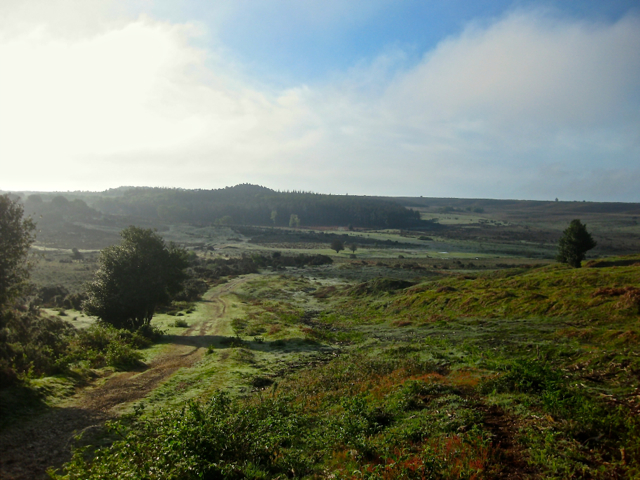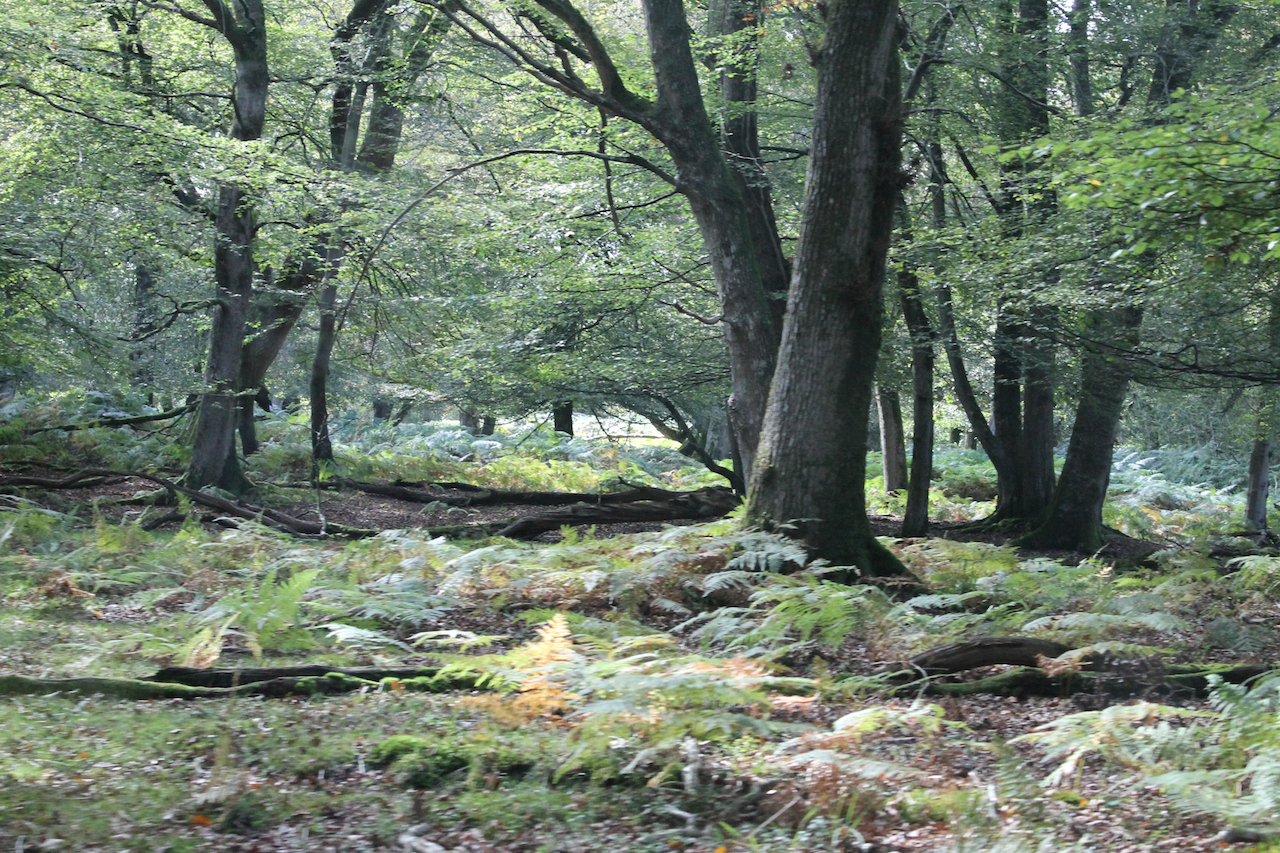
The New Forest is an ancient landscape of irreplacable habitats that support a diversity of wildlife.
Many visitors to the New Forest are surprised to discover that its landscape is not filled with woods or trees. Some are even more astonished to learn that the area is ancient and not ‘new’ at all. The reason for this confusion is that over time the meaning of the name ‘New Forest’ has changed. When William the Conqueror established his royal hunting grounds in 1079 they were, of course, ‘new’; while the term ‘forest’ was used to refer to an area that was reserved for the King’s hunting pleasure. A mediaeval forest was described as a ‘territory of woody grounds and fruitful pastures, privileged for wild beasts and fowls of forest, chase and warren, to rest and abide there in the safe protection of the King, for his delight and pleasure.’ Forests could also include whole villages and other settlements that were within the area selected for royal hunting.
Highest concentration of ancient trees
The establishment of the royal hunting grounds meant that the clearance of trees from the area, which is believed to have begun in the middle to late Bronze Age (c.2500-c.800 BC), was restricted under the Forest Law in order to protect the venison and vert (game animals and vegetation). As a result of this many of the ancient woodlands still present today on the New Forest probably owe their existence to William I. The New Forest boasts what is believed to be the highest concentration of ancient trees in Western Europe, particularly around the village of Lyndhurst. This remarkable achievement is tempered, however, by the fact that ancient woodland now covers only around 2 per cent of the land area of the UK. There are 5,500 woods in the UK covering 8,500 square miles. That’s 9 per cent of the total land area and one of the lowest percentages in Europe, where average woodland cover is 44 per cent – forest covers 32 per cent of Germany and 29 per cent of France.
Richest county in England!
Ancient trees are generally regarded as those that have been in existence for at least 400 years but some specimens in the New Forest are much older. The Knightwood Oak, for example, is believed to be about 600 years old. However, some New Forest trees have been identified as ‘primary’ making them the direct descendants of the original wildwood. This means that they have never been completely cleared from the area since the arrival of the first humans at the end of the Ice Age. This continuity and stability of environment has had a significant benefit to the ecology of the area. A vast diversity of species, many of them rare or threatened, has developed alongside the ancient trees. Species including insects, lichens, fungi, mammals, and birds, depend upon the barks, hollows and deadwood of these ancient trees. It’s no surprise then that the richest county in England, when measured by recorded plant and animal species, is Hampshire – all because of the New Forest.

The New Forest boasts what is believed to be the highest concentration of ancient trees in Western Europe.
Video: Wondrous Woodlands – by Simon King/New Forest National Park Authority


You must be logged in to post a comment.